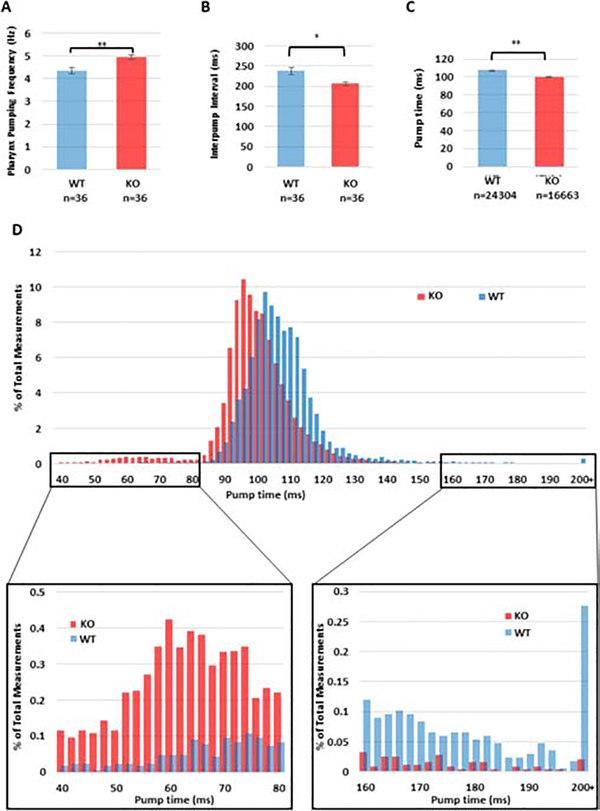Figure 4: Pharyngeal pumping is faster in TNS1 knockout worms.
Thirty-six worms of each genotype were monitored by electropharyngeogram. (A) The pumping frequency for each worm was calculated by the number of pumps over the total observation time. This showed a significant increase in pumping frequency in the TNS1 KO worms by a 2-tailed student’s t-test (p = 0.004). (B) The time interval between pump initiations (the interpump interval) was directly measured for each pump. This showed a significant reduction in interpump interval for TNS1 KO worms by a 2-tailed student’s t-test (p=0.012). (C) The amount of time spent pumping each cycle was determined to be significantly shorter for KO worms than their WT counterparts as determined by a 2-sample student’s t-test, p < 0.0001. (D) A histogram of pump times shows that the most common pumping times for KO are shorter than that observed in WT, and that a small peak of very short (<70 ms) pumps appears only in the KO mutant. The difference in very short pumps is readily apparent upon zooming in on the range from 40–80 ms. KO worms also show notable depletion of longer pumps relative to WT.

